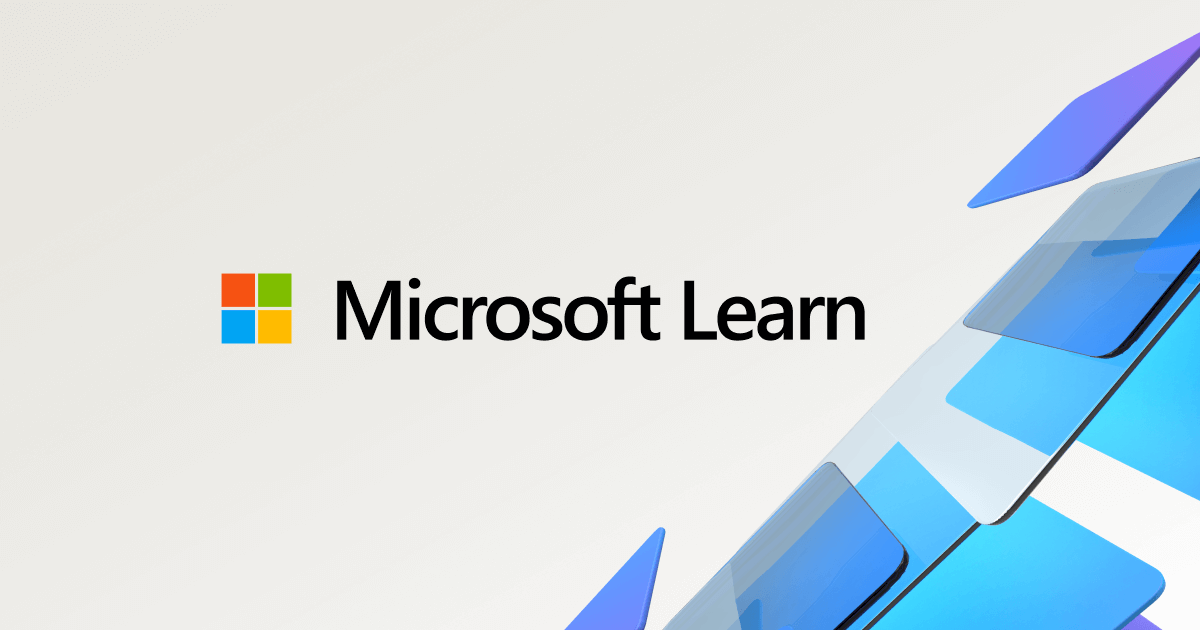- Joined
- Aug 19, 2017
- Messages
- 3,253 (1.13/day)
Microsoft has confirmed that the Windows 11 version 24H2 update is now in its final rollout phase and will soon be delivered automatically to millions of Home and Pro users around the world. As of May 2, 2025, any unmanaged device running Windows 11 versions 21H2, 22H2, or 23H2—or even Windows 10—will see the 2024 Update download in the background. After the download completes, users can choose when to install the update or postpone it by going to Settings, then Windows Update. This release introduces a variety of useful improvements. File Explorer search has become more intuitive, the Clock app now includes focus sessions to help you stay on task, and Snap Layouts provide greater flexibility when organizing open windows. If you own a Copilot+ PC, you will continue to receive additional AI‑powered features in stages; these releases start within the Windows Insider community and may differ depending on your device's processor and region.
Although automatic delivery makes it easier to stay current, devices with limited storage may struggle if the update files consume too much space. To avoid disruptions, Windows Update offers a four‑week postponement option. Should you need more time, you can use command‑line tools or adjust local policies to stop or block the update permanently. Microsoft has published a detailed list of known issues and safeguard holds alongside the rollout information. For example, Azure Virtual Desktop users who experienced App Attach failures will see those problems fixed, and Remote Desktop freezes caused by the January 2025 preview update have been resolved. At the same time, devices running certain Dirac Audio drivers, sprotect.sys applications, or outdated Easy Anti‑Cheat or Intel Smart Sound Technology drivers will not receive the update until compatible versions become available. Some wallpaper customization and camera‑dependent apps may also encounter temporary glitches while patches are prepared. IT administrators looking for programmatic access to update health data can use the Windows Updates API in Microsoft Graph. For immediate assistance with update issues, open the Get Help app or visit the Microsoft Support website.

View at TechPowerUp Main Site | Source
Although automatic delivery makes it easier to stay current, devices with limited storage may struggle if the update files consume too much space. To avoid disruptions, Windows Update offers a four‑week postponement option. Should you need more time, you can use command‑line tools or adjust local policies to stop or block the update permanently. Microsoft has published a detailed list of known issues and safeguard holds alongside the rollout information. For example, Azure Virtual Desktop users who experienced App Attach failures will see those problems fixed, and Remote Desktop freezes caused by the January 2025 preview update have been resolved. At the same time, devices running certain Dirac Audio drivers, sprotect.sys applications, or outdated Easy Anti‑Cheat or Intel Smart Sound Technology drivers will not receive the update until compatible versions become available. Some wallpaper customization and camera‑dependent apps may also encounter temporary glitches while patches are prepared. IT administrators looking for programmatic access to update health data can use the Windows Updates API in Microsoft Graph. For immediate assistance with update issues, open the Get Help app or visit the Microsoft Support website.

View at TechPowerUp Main Site | Source



 . Especially 11. but 10 too. last user "friendly" was win xp, You could do anything
. Especially 11. but 10 too. last user "friendly" was win xp, You could do anything  .
.


 . Maybe I'll try again this weekend, been almost a year since.
. Maybe I'll try again this weekend, been almost a year since. lol. I'm sure there'll be some laborous way to remove it as with anything.
lol. I'm sure there'll be some laborous way to remove it as with anything.
